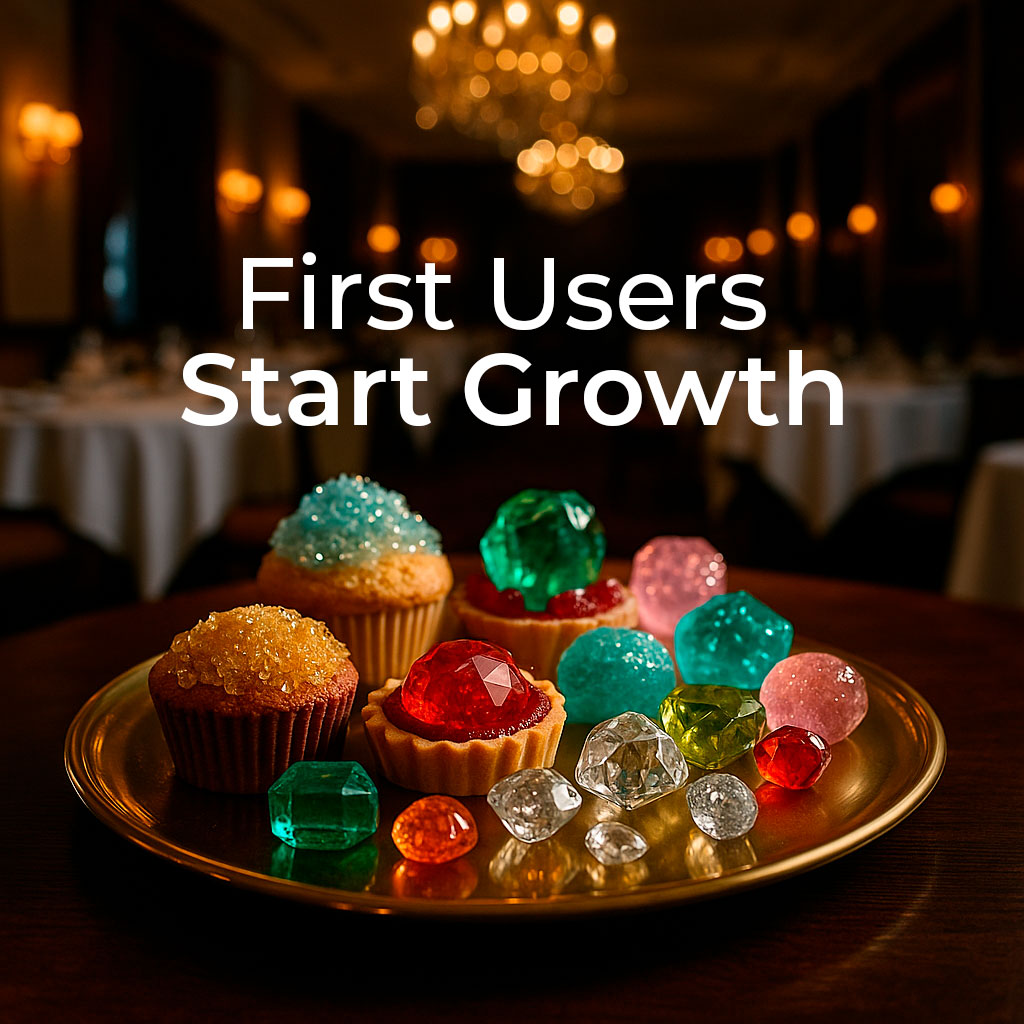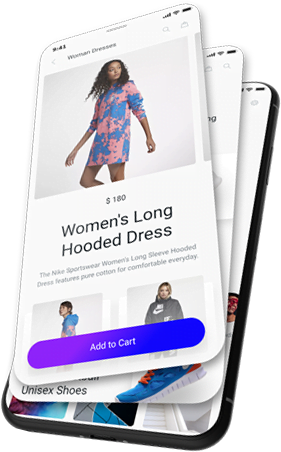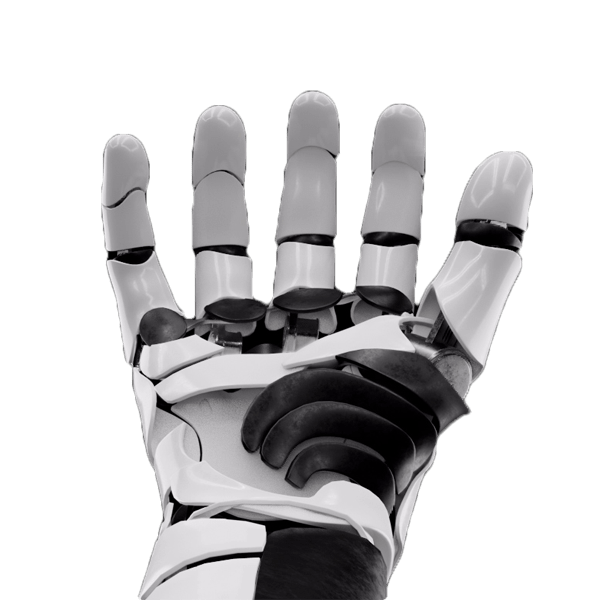You’ve launched your product. The landing page is live, the app is on the store… and the room feels empty.
This is the moment most founders underestimate: the silence right after launch. Because building the product is only half the battle, the other half is building a system that grows, defends, and improves itself.
Andrew Chen’s book The Cold Start Problem explains how networks evolve through five distinct stages. But I want to reinterpret that framework through the lens of UX, customer research, and behavioral design. Because growth isn’t just about acquiring users, it’s about listening to them, shaping their journeys, and adjusting your product so that every new interaction adds value for the next one.
This is also the work we do at Infinite Stair: helping companies go beyond launch by combining branding, UX research, and analytics into strategies that sustain growth over time. Launch is a starting line, not a finish line.
Every stage in Chen’s framework demands a different mindset, and most teams struggle to see it clearly from the inside. That’s why working with expert advisors matters: we help you interpret the signals, experience each stage with clarity, and translate research into design moves that actually unlock growth.
Stage 1: Cold Start Problem. Creating the Atomic Network
The hardest part of product growth is not scaling, it’s starting. At launch, every product looks like an empty room. The challenge is making sure the very first users don’t just enter, but find enough value to stay and invite others.
From a UX perspective, this is where research becomes your compass.
- Market research tells you where the opportunity is, what niche has the right density of potential users.
- Customer behavior analysis shows you how that audience consumes services, makes decisions, and interacts in real life.
- UX research closes the loop by uncovering how to fit your product into those behaviors so it feels natural, not forced.
I often describe it as building an “atomic network”: the smallest, densest community where the product makes sense on day one. Without this nucleus, you’re just shouting into the void.
Here’s where behavioral nudges matter. Defaults, progressive disclosure, and highlighting can help first users get value faster. The less friction they feel, the more likely they are to cross that fragile gap between curiosity and commitment.
Slack is a great illustration. Before becoming the tool every company seemed to use, it started with just one team, its own developers. The “atomic network” was a single workgroup where the pain of fragmented communication was real and urgent. By solving that pain in a dense, closed circle, Slack ensured that every message, every channel, every notification delivered immediate value. Once the formula worked for one team, it was ready to replicate.
For any product, the key metric here isn’t downloads or signups, it’s density. Are your first users active enough that they generate value for one another? Until the answer is yes, you haven’t solved the Cold Start.
Stage 2: Tipping Point. Reaching Critical Mass
The tipping point is when growth stops depending on brute force and starts sustaining itself. It’s the moment when every new user doesn’t just consume value but also contributes to it, making the network more attractive for the next person.
From a UX standpoint, this stage is often misunderstood. Founders assume it’s about getting “more users,” when in reality it’s about ensuring that each new user experiences value immediately. The job of UX research here is to identify the “aha moment”, the first action that makes the product click, and design the journey so that moment happens quickly and consistently.
There are signals to watch for:
- Are new users finding active peers or relevant content right away?
- Do they complete the core loop (the action that generates value for others) within their first sessions?
- Is the product’s onboarding optimized to remove hesitation and build trust?
This is also where behavioral nudges become powerful:
- Social proof: show what others are doing inside the network.
- Gain framing: highlight immediate benefits of participation.
- Norms: make the desired behavior feel standard (“most teams share files within their first week on Slack”).
Facebook’s early growth is a clear case. At Harvard, the network was so dense that every new student who joined instantly saw classmates, friends, and connections waiting for them. Signing up wasn’t a gamble, it was guaranteed value. That dynamic, carefully replicated campus by campus, pushed the platform into its tipping point.
The core metric here is interaction density: how often do new users connect, share, or contribute in ways that reinforce the value of the network? Once those interactions generate organic momentum, your product is no longer pushing the boulder uphill, gravity is working for you.
Stage 3: Escape Velocity. Accelerating and Expanding
Reaching escape velocity feels intoxicating. Growth finally accelerates, markets open up, and the temptation is to push everywhere at once. But this stage is also a trap: expansion without focus dilutes the product, erodes the experience, and leaves the network fragile.
From a UX and product research lens, the principle is simple: expansion must feel coherent. Every new segment, market, or geography needs the same density of value that powered your initial success. That’s why the job here is not to reinvent, but to replicate, with sensitivity. Localize the UX, adapt the onboarding, respect cultural nuances, but protect the identity of the product.
This is also where your Adjacent Niches framework becomes invaluable. Instead of chasing random markets, you expand in concentric circles:
- Habit mapping: find groups who share the same routines as your core users.
- Look-alikes: use data to detect segments with mirrored behaviors.
- Cluster detection: partner with associations or distributors to unlock organized groups.
- Aspirational niches: identify segments who want to be like your base users.
Each of these techniques ensures that growth feels like a natural contagion, not a forced march.
Behavioral nudges also shift here: urgency and momentum drive adoption. Scarcity cues (“limited invites”), deadline effects (“sign up before prices change”), and the fresh start effect (“new market launch, new opportunities”) can accelerate uptake while preserving excitement.
Uber executed this stage with precision. They didn’t launch everywhere at once; they conquered city by city. Each new market was treated like a laboratory: balance drivers and riders, adapt pricing to local habits, and design campaigns (like “Uber Ice Cream”) that sparked attention without breaking the brand’s core promise.
The key metric at this stage is liquidity, does every side of the network (supply and demand, creators and consumers) have enough density in each new market to create value instantly? Without that, escape velocity is just empty speed.
Stage 4: Hitting the Ceiling. Breaking Stagnation
Every product eventually hits a ceiling. Growth slows, acquisition costs rise, and the energy that once felt unstoppable begins to fade. For many founders, this stage feels like failure. But from a UX and research perspective, it’s not failure, it’s feedback. The network is telling you it has reached the limits of its initial design.
The first task here is diagnosis. Numbers alone won’t tell you the full story. Analytics can highlight where churn is happening, but only user research explains why. Interviews with power users, defectors, and new joiners reveal the hidden frictions: onboarding that no longer resonates, discovery that feels overwhelming, or features that fail to deliver meaningful value.
At this stage, your role as a product team is to listen harder than ever.
- Reinvent discovery mechanisms so users can still find relevance in a saturated network.
- Explore new growth vectors, adjacent markets, features, or use cases that reopen momentum.
- Reinvest in your most active users with experiences that deepen loyalty.
Behavioral nudges help here, too:
- Goal gradient effect: progress bars that accelerate motivation as users get closer to a milestone.
- Smart reminders: nudges at the right moment to re-engage users who drift away.
- Choice reduction: simplifying options when abundance becomes overwhelming.
YouTube provides a clear example. As content exploded, discovery became a nightmare. Users couldn’t find what they wanted, and creators struggled to stand out. Instead of surrendering to saturation, YouTube redesigned its recommendation algorithms, optimized search, and improved creator tools. Growth didn’t just resume, it evolved into a new phase of relevance.
The key metric here is retention in the face of abundance. Are users still finding enough fresh, relevant value to stay engaged? If not, the ceiling won’t break, it will harden into decline.
Stage 5: The Moat. Protecting the Advantage
Scaling a product gets you attention. Building a moat keeps it. At this stage, the real question is no longer “how do we grow?” but “how do we make growth defensible?” Because sooner or later, competitors will copy your features, undercut your pricing, or try to lure your users. What they can’t easily replicate is the depth of your network, the strength of your habits, and the trust you’ve earned.
From a UX perspective, the moat is not a wall, it’s a set of bonds. Users stay not because they can’t leave, but because leaving feels like losing part of their daily rhythm. The strongest products weave themselves into routines, create identity, and give back more value the longer you use them. That’s defensibility.
Three levers matter here:
- Habits: design product loops that reinforce repeated actions until they become second nature.
- Personalization: use data ethically to make the experience sharper and more relevant with each interaction.
- Trust and brand: build credibility so that users don’t just use the product, they identify with it.
Behavioral nudges can strengthen these levers:
- Endowment effect → give users a sense of ownership over their history, content, or progress inside your product.
- Commitment devices → help them set personal goals that tie directly to your platform.
- Loss aversion → remind them of what they’d lose, connections, data, reputation, by switching away.
Amazon Marketplace is the benchmark. Every seller who joins enriches the catalog, which attracts more buyers, which in turn draws more sellers. Over time, this cycle didn’t just create convenience; it created dependency. Competing platforms could match the interface, but not the gravitational pull of the ecosystem.
The key metric at this stage is switching cost, not just financial, but emotional and functional. If leaving your product means giving up routines, data, or a trusted identity, then you’ve built a moat that is as much psychological as it is technical.
Conclusion. Mastering the Rhythm of Growth
Growth is not a straight line; it’s a rhythm. Every product moves through silence, acceleration, plateaus, and defense. Each stage asks for a different mindset, and each mistake, rushing too fast, listening too little, or designing without research, can stall the journey.
The deeper lesson of The Cold Start Problem, seen through the lens of UX, is that growth is not just a numbers game. It’s about how people experience your product, how easily they find value, and how naturally they return. The network effect is not only technical, it is emotional, behavioral, and experiential.
At Infinite Stair, we help teams master this rhythm. With branding, UX research, and analytics, we guide founders through the silence after launch, the rush of tipping points, the complexity of expansion, and the challenge of building defensibility. Because products don’t grow by accident, they grow by design.
And in the end, whoever listens best, designs with care, and adapts with discipline doesn’t just grow a product. They build a market presence that competitors cannot easily erase.





